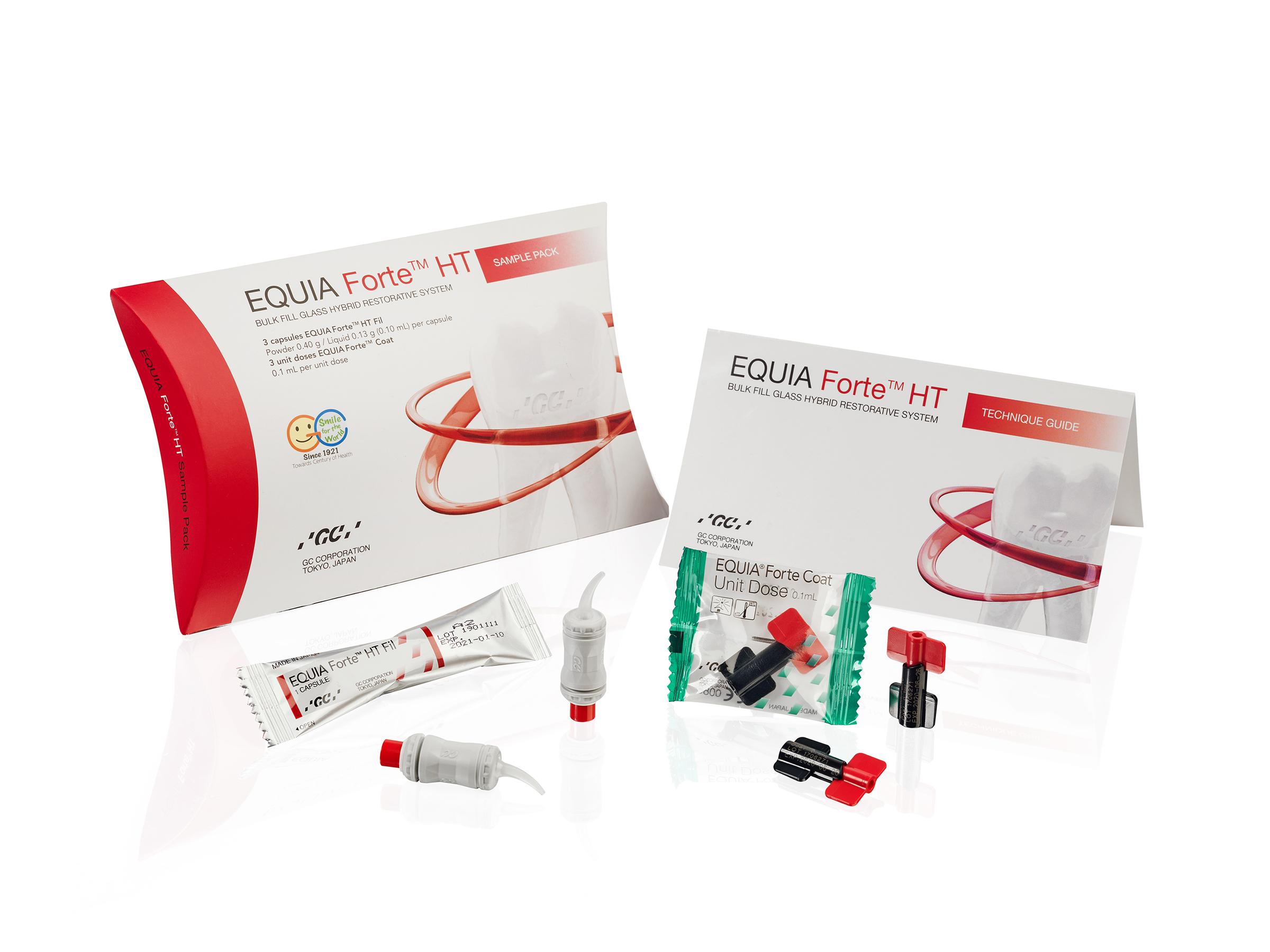Glass hybrid restoratives: cheaper and equally as effective as composites, study finds
The international phase-down of dental amalgam through the widely ratified Minamata Convention on Mercury means that it is necessary to identify a suitable alternative. Glass hybrid and composites are currently the leading candidates for the replacement of dental amalgam. A recent study compared the efficacy and cost-effectiveness of the two materials and found that glass hybrids showed similar efficacy and greater cost-effectiveness, meaning that the material could be preferable as a replacement for amalgam.
In the first study of its kind, researchers tested a modern glass hybrid material against an established composite for the restoration of two-surface occlusal–proximal cavities in molars in the load-bearing area.
Patients in Croatia, Italy, Serbia and Turkey with two molars in need of restoration participated in the randomised controlled clinical trial. In each patient, one restoration was completed using glass hybrid material and the other was completed using composite material.
If you want to use composite in these cases, you will need to accept high additional costs
The materials were subsequently compared in each of the 180 patients—a total of 360 molars—and patients were followed up for a period of three years and examined by blinded investigators using FDI World Dental Federation criteria.
A total of 21 patients (27 molars) required follow-up treatment owing to complications; however, the two materials were found to have limited differences in complication-free time. When comparing the cost-effectiveness of the two materials, the researchers concluded that composite was more expensive at limited clinical benefit.
“Using the data from each country, we can show that the initial treatment costs were much lower for glass hybrids than for composites in three of the four countries,” commented Dr Falk Schwendicke, lead author of the study and Professor and Head of Oral Diagnostics and Health Services at Charité—Universitätsmedizin Berlin.
“Overall, we concluded that glass hybrid was more cost-effective than composite in this trial and that this was consistent in different settings. If you want to use composite in these cases, you will need to accept high additional costs,” he added.
Schwendicke explained that the researchers had expected that glass hybrids would be less costly; however, they did not expect that the difference in cost-effectiveness—also in the long term—would be so great. “I had expected possible efficacy differences to reduce the cost advantage of glass hybrids. However, this was not the case,” he said.
According to Schwendicke, the findings of the study indicate that glass hybrid is a promising alternative for dental reconstructions. “Glass hybrid seems a good alternative to composites in this indication, at least from a cost-effectiveness perspective,” he explained. “After all, the cost differences reflect the differences in applicability and effort—highly important factors. Dentists and patients should consider glass hybrid for posterior teeth, after evaluating other facts. In any case, the results show that glass hybrid is not to be discounted—the data shows that this is a material to consider, and one that can be counted on.”
The European Union has committed to completely or largely eliminating mercury-containing products such as dental amalgam by 2030. Schwendicke said that, although more data was needed to corroborate the study findings, they may prove helpful in identifying a suitable replacement. “Composites are a good material and have potential; however, they come with high demands when placing them. Glass hybrids are, by default, less technique-sensitive and can, in this way, be seen as more like amalgam. This trial now shows that they are indeed a good alternative to composites, and I am very happy that there is a choice of materials that dentists can use when amalgam is no longer available.”
The study, titled ‘Cost-effectiveness of glass hybrid versus composite in a multi-country randomized trial’, was published in the April 2021 issue of the Journal of Dentistry1.
For more information on GC UK’s restorative portfolio, contact GC UK Ltd on 01908 218999, email info.uk@gc.dental or visit https://europe.gc.dental/en-GB/products/restore
1https://www.sciencedirect.com/science/article/pii/S030057122100035X


Comments are closed here.